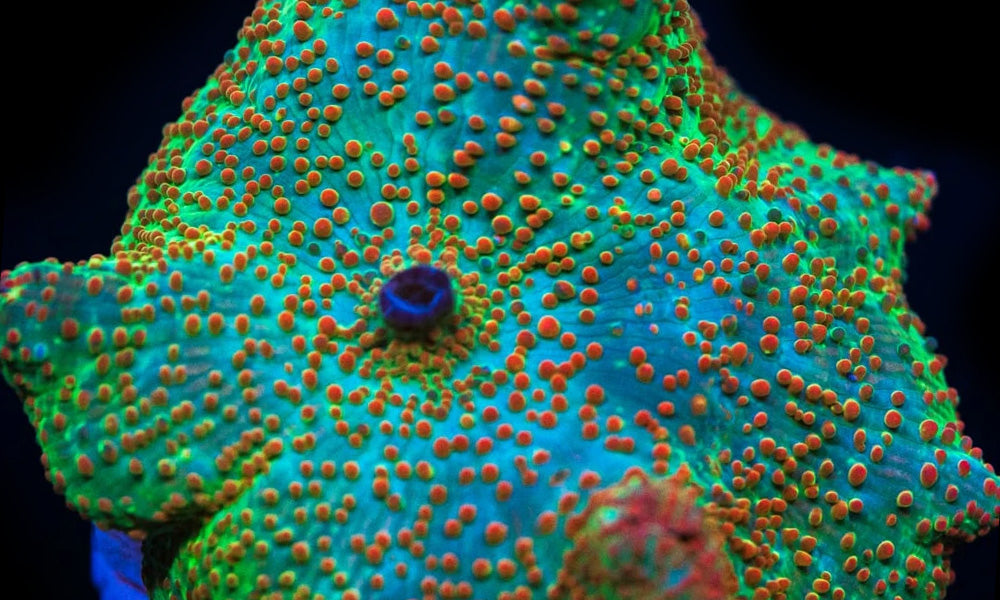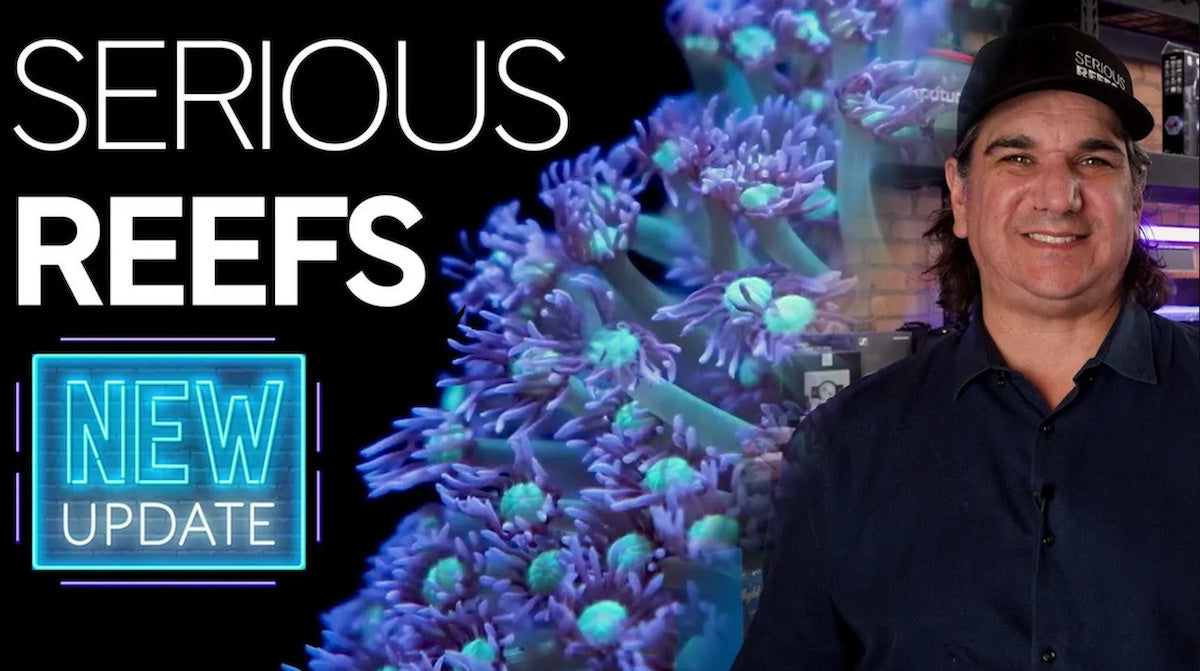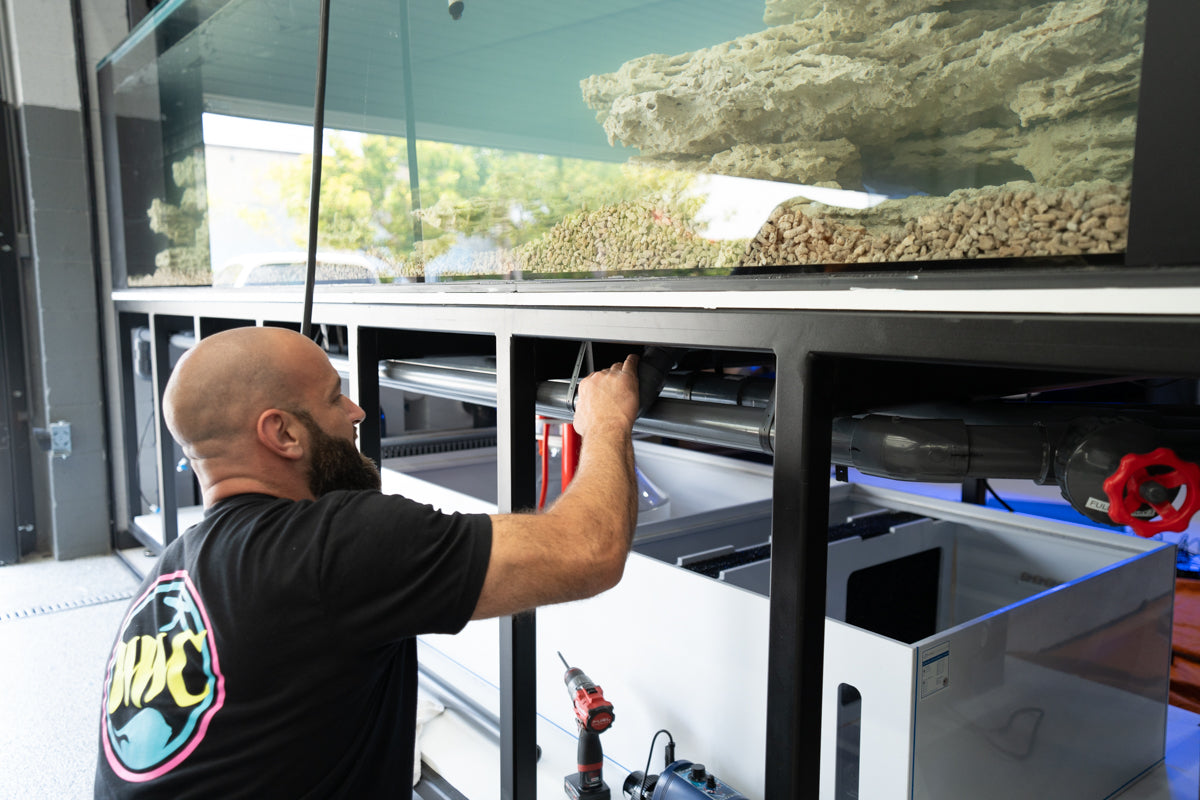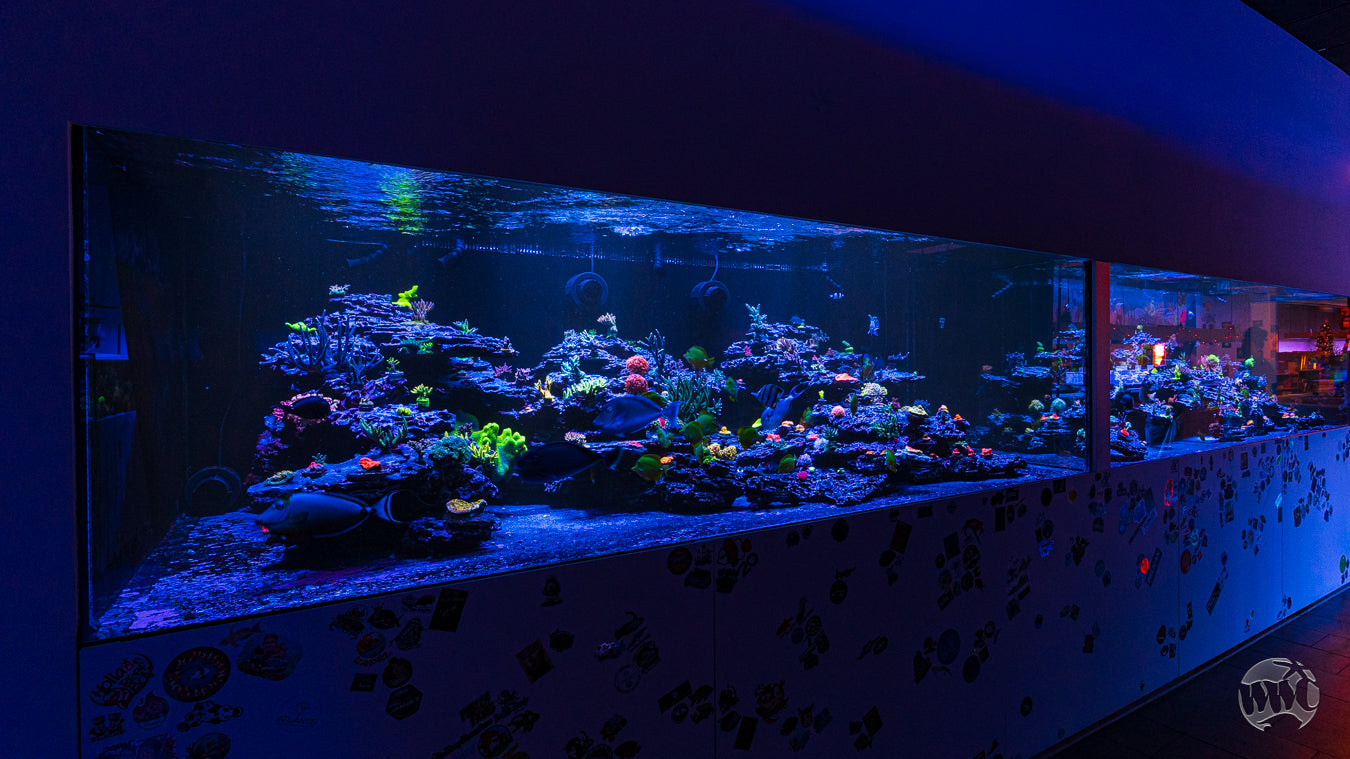Between choosing your corals, designing the layout of your tank, and purchasing everything you need, the process of setting up your first reef tank is exhilarating. It’s a fun way to bring a bit of nature into your home. However, the type of corals you choose for your first tank can dictate how successful it is. In fact, many first-time reef tank owners make the mistake of purchasing corals that are too sensitive for an unstable tank environment. These are some of the different types of hardy corals for your reef tank that’ll make your first display a success.
Sarcophyton Corals
Also known as leather corals, sarcophyton corals are extremely adaptable to different lighting and current conditions within a tank. They should ideally have a moderate amount of light and a medium current flow, but they can easily adjust to a less-than-perfect environment. This makes them one of the best beginner corals to care for as well as a lovely and colorful centerpiece for your reef. They also have a unique toadstool shape that makes for an interesting view.
Pachyclavularia Corals
Growing in short, grass-like structure, green star polyp corals make an eye-catching addition to any new tank. They’re also incredibly easy to care for as long as they’re exposed to moderate lighting and a medium current. Because of their mat base, they’re less fragile than many other types of coral, making them easy to move into your tank.
Zoanthus Corals
Zoanthus corals are in high demand for beginner reef tank owners because of their bright colors and simple care. These quality corals will generally prefer bright lighting with a stronger water current to better fuel their florescent colorings. When you’re looking for zoas for sale, therefore, make sure they demonstrate these features. However, do note that these corals have a high reproduction rate and can rapidly form colonies throughout your tank without proper regulation.
Actinodiscus Corals
These soft corals have a distinct mushroom-like texture and shape that makes them very easy to identify. They don’t do well in bright lighting or heavy currents, but they can thrive in any less intense environment. Actinodiscus corals also actively feed on uneaten materials from the tank, so they require little hand feeding on your part.




